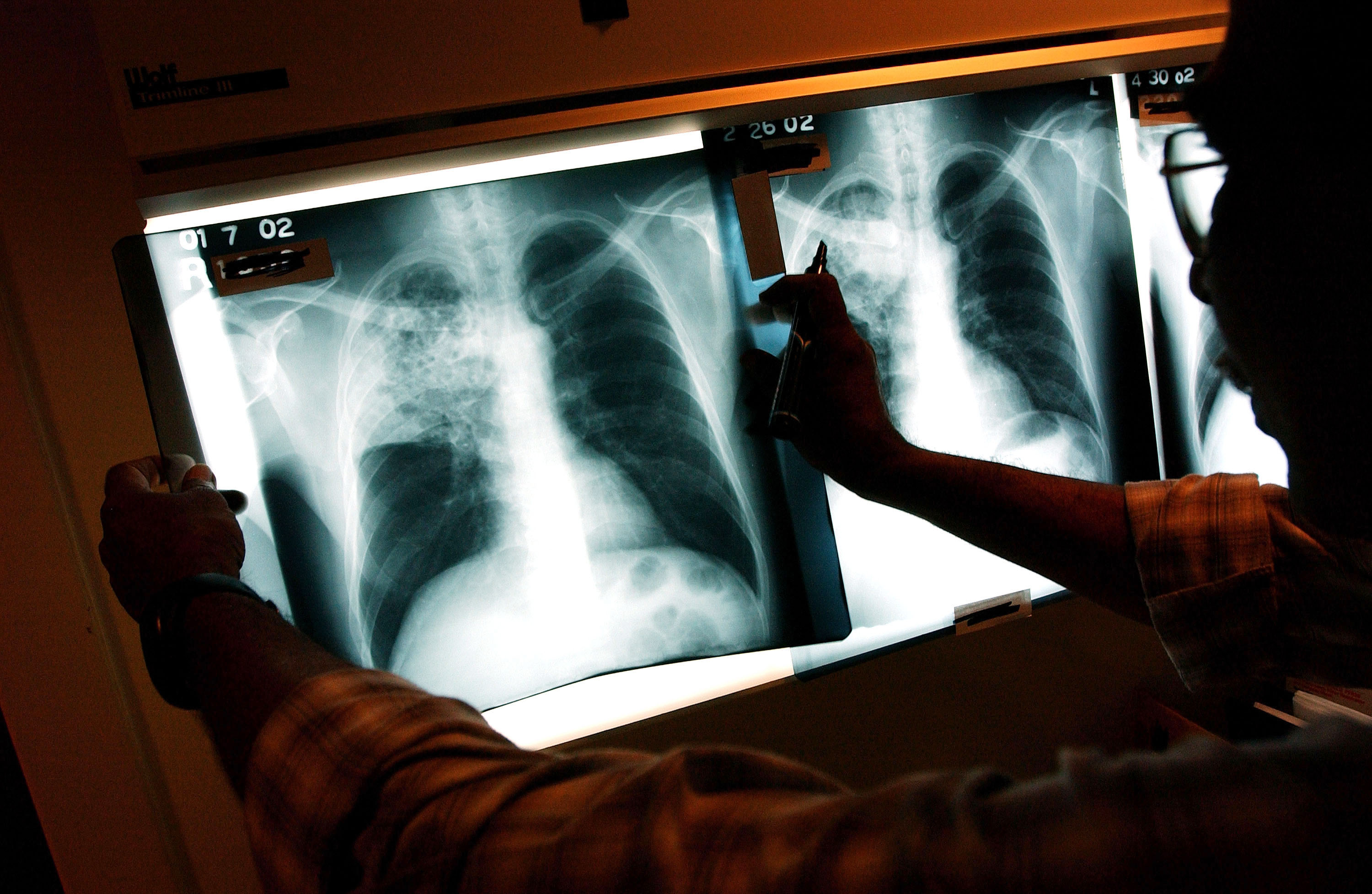
Health & Medicine
HIV: Probing for a pathway to a cure

Researchers for first time show the significant burden of tuberculosis on adolescents and young adults, a group often ignored in disease control efforts
Published 23 March 2018
To many people in Western countries, the word “tuberculosis” conjures images of the past. The disease, which used to be referred to as “consumption”, is associated with the Victorian era, a time before vaccines or antibiotics.
On March 24, World Tuberculosis Day commemorates the discovery in 1882 of the bacteria that causes TB. Yet, despite advances in medicine over the last 136 years, tuberculosis killed more people in 2017 than any other infectious disease.

Tuberculosis is a bacterial infection spread through coughing and is a major health problem almost everywhere in the world. Young children are especially vulnerable, although a vaccine against the disease can protect them from its worst effects. But there is as yet no vaccine to effectively protect adolescents or adults from tuberculosis infection, and it is these age groups who make a disproportionate contribution to tuberculosis transmission.
Our group at the University of Melbourne has been working with a team at the World Health Organization to estimate the burden of disease in the adolescent and young adult age group for the first time. We found that, of 10.4 million people who developed tuberculosis in 2012, 1.8 million, or 17 per cent, were in the 10-to-24-year old age group.

Health & Medicine
HIV: Probing for a pathway to a cure
To date, the adolescent and young adult age group has been largely ignored in tuberculosis control efforts, which in many countries are almost entirely focused on treatment rather than prevention.
The mainstay of tuberculosis management is a course of daily antibiotics taken for six months, which unsurprisingly some patients find challenging to complete. Some health providers require patients to attend a clinic each day and to take their medication in front of a nurse, with the hope that this will encourage patients to take every dose of their medication to help prevent the bacteria developing drug resistance.
Unfortunately, by the time someone with tuberculosis feels unwell enough to attend a doctor, they may have had the disease for some time and have already passed it on to others. For this reason, reactive treatment alone is not enough to control tuberculosis in most countries, and the focus is expanding to include prevention. There is a major effort underway internationally to develop a more effective vaccine to protect adolescents and adults from the disease.

If such a vaccine is developed, a key question will be which age groups should receive it. In this regard, adolescents and young adults are a major population of interest, because vaccination programs can achieve high coverage through schools. But until now, adolescents have been a neglected population in the global tuberculosis epidemic. Most discussion of tuberculosis is focused on adults of working age who are hardest hit by the epidemic in many countries, or young children, who are at the highest risk of severe outcomes.
Our analysis showed that the risk of tuberculosis rises with age during adolescence and into young adulthood. This is consistent with historical data, which show that primary-school aged children are relatively protected from the disease. There are probably a variety of explanations for this: school aged children have stronger immune systems than infants and toddlers, and when they do develop tuberculosis they are often non-infectious. In contrast, adolescents who develop the disease are likely to pose a risk of infection to others.

Health & Medicine
How death by numbers promotes global health
Adolescence is a unique period in our lives. Few of us have as many friends in our thirties or forties as we had as teenagers. In fact, adolescents have contact with more people on a daily basis than any other age group. A typical adolescent may see dozens of classmates each day, as well as teachers, friends, siblings, parents, and others. Because of this, adolescents make a disproportionate contribution to the spread of some infectious diseases, and targeting adolescents for prevention activities can have substantial benefits.
When prevention fails, adolescents who experience a serious illness such as tuberculosis are in a tricky position. They have more independence and better capacity to make decisions than young children, but they may still need more support in managing their health than the average adult. Few doctors receive specialised training in working with adolescents, especially in the low and middle income countries where tuberculosis is still common. Evidence is emerging that adolescents have more trouble remaining engaged with care for tuberculosis than either young children or adults do.
Our work shows that adolescents and young adults make up a substantial proportion of all people who develop tuberculosis, and that their needs deserve more careful consideration in the global response to this disease. Adolescents are an important population for tuberculosis prevention, especially as a potential target group for new vaccines. Adolescents who do develop tuberculosis must be supported throughout their treatment to minimise the impact on their education and other responsibilities, and maximise their chances of full recovery.
We hope that this World TB Day brings opportunities for the global community to do better in supporting adolescents with TB in a return to full health.
Banner Image: A doctor examines the x-rays of a tuberculosis (TB) patient at a TB clinic November 27, 2002 in Brooklyn, New York. Picture: Spencer Platt/Getty Images